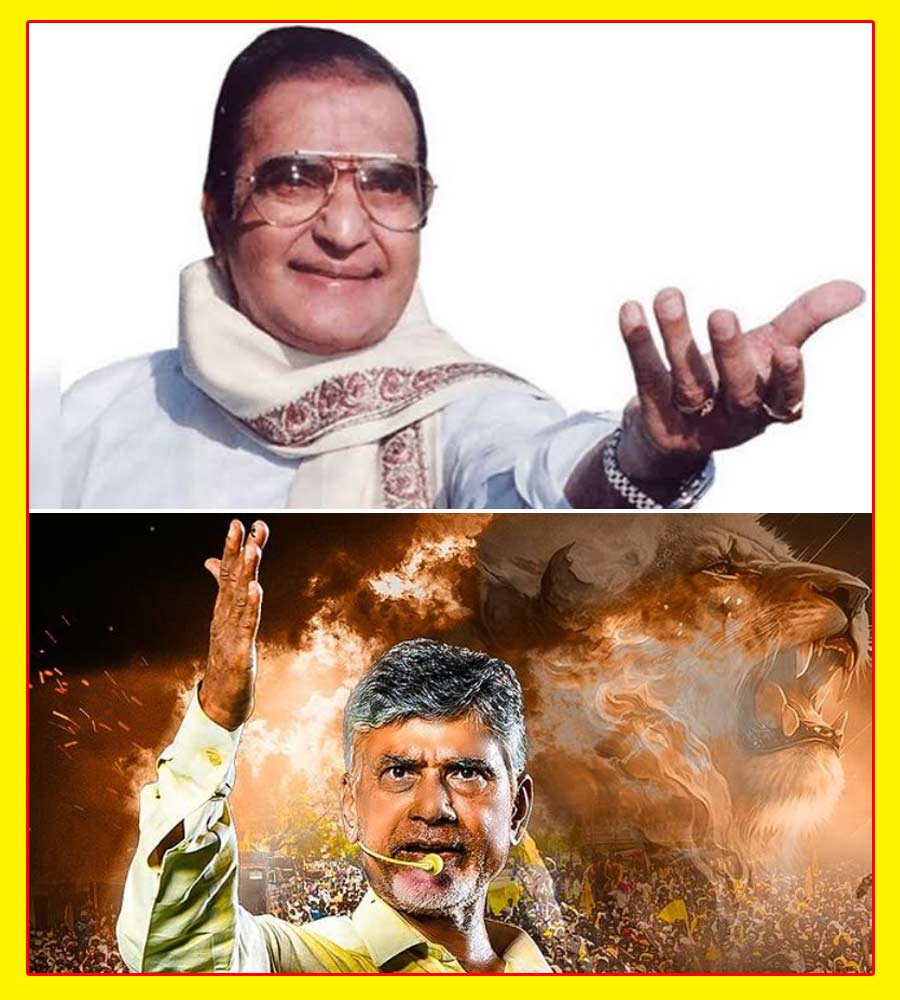How NTR and CBN turned TDP
TDP: NTR vs CBN functioning

How NTR and CBN turned TDP. The Telugu Desam Party (TDP) was founded by Nandamuri Taraka Rama Rao (NTR), who didn't rely on external support or alliances. In contrast, the Congress party, with its vast experience, was deeply rooted in the political landscape. However, NTR's charisma and vision quickly propelled the TDP to power within nine months, toppling the seemingly invincible Congress.
During his tenure, NTR served as the Chief Minister of united Andhra Pradesh for nearly eight years, winning three consecutive elections and leading the party to victory with over 200 seats in its debut in 1983 and a repeat performance in 1985. Despite facing defeat in 1989, the TDP remained a significant force with 73 seats.
Under NTR's leadership, the TDP made history by electing 35 MPs to the Lok Sabha in 1984, becoming the main opposition party. Despite setbacks in subsequent elections, NTR continued to raise the party's stature.
After NTR's passing, Nara Chandrababu Naidu took over as party chief in 1995. While the TDP's performance fluctuated under his leadership, it achieved significant success in the 1999 elections, winning 29 Lok Sabha seats and 180 assembly seats in alliance with the BJP.
However, the party's fortunes declined in subsequent elections, especially after bifurcation when it lost power in both Andhra Pradesh and Telangana. In the 2019 elections, the TDP suffered further setbacks, winning only 23 assembly and three Lok Sabha seats.
Looking ahead to the 2024 elections in Andhra Pradesh, the TDP faces challenges, especially in retaining its legacy and leadership. Despite a strong presence in the Rajya Sabha since 1984, the party now has only one MP remaining, with no representation after April 2023.
The upcoming elections will be a crucial test for Chandrababu's leadership and the future of the TDP, with alliances likely playing a decisive role. The legacy of NTR, which once seemed unassailable, now faces uncertainty, highlighting the evolving dynamics of Andhra Pradesh politics.




 Ooru Peru Bhairavakona Movie Review
Ooru Peru Bhairavakona Movie Review Pragya Jaiswal Enchants In Black And Blue
Pragya Jaiswal Enchants In Black And Blue